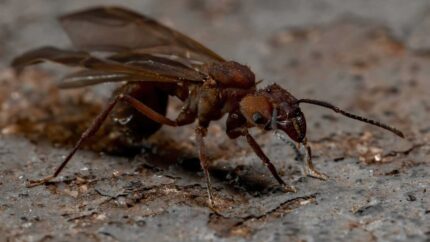
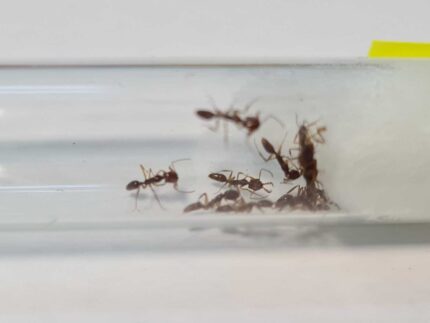
Anochetus modicus
399,90 zł – 639,90 złPrice range: 399,90 zł through 639,90 zł
Worldwide shipping
Free delivery over 999 PLN
The highest quality of goods
Live delivery guarantee
24/7 Personal Support
Fair Prices
Description
Anochetus modicus is a monogynous ant species with a colony size of up to 600 workers. They have a medium development rate and a queen that measures 6-7 mm in size, while workers measure 5-6 mm. They are orange-brown in color and feed on live insects and sweet fruit. The humidity in their arena should be 50-70%, while the nests require 70-90% humidity. The optimal temperature for their habitat is 24-30 °C.
Additional information
| Behavior | |
|---|---|
| Difficulty in breeding | |
| Origin | |
| The size of ants | |
| Wintering |
Anochetus modicus: The Trap-Jaw Ant
- Colony Type: Monogyny
- Colony Size: Up to about 600 workers
- Development Rate: Slow
Size
- Queen: 6-7 mm
- Workers: 5-6 mm
Nutrition
When it comes to the Anochetus graeffei’s diet, they thrive on a combination of live food insects, such as cockroaches and crickets, as well as sweet fruits. Offering a varied diet to your colony ensures their optimal health and well-being, allowing you to observe their foraging behaviors as they hunt down their prey.
Humidity and Temperature
- Humidity: Arena: 50-70%, Nest: 70-90%
- Temperature: Arena: 24-30 °C, Nest: 22-27 °C
Color: dark brown
Feature of the Species: Trap-Jaw
The trap-jaw feature is the defining characteristic of Anochetus modicus. This intriguing ability allows the ants to rapidly snap their mandibles shut with incredible speed and force, creating an impressive mechanism for capturing prey and defending the colony. The precision and power behind this mechanism make Anochetus modicus a formidable predator and a truly unique species to observe and study.
Recommended Nests for Breeding
- Acrylic nests
- Gypsum
- Soil
- Ytong


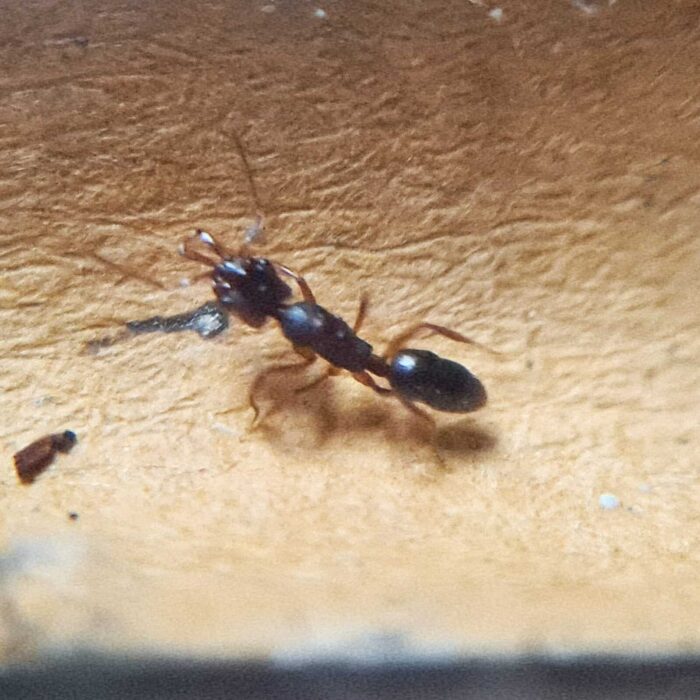
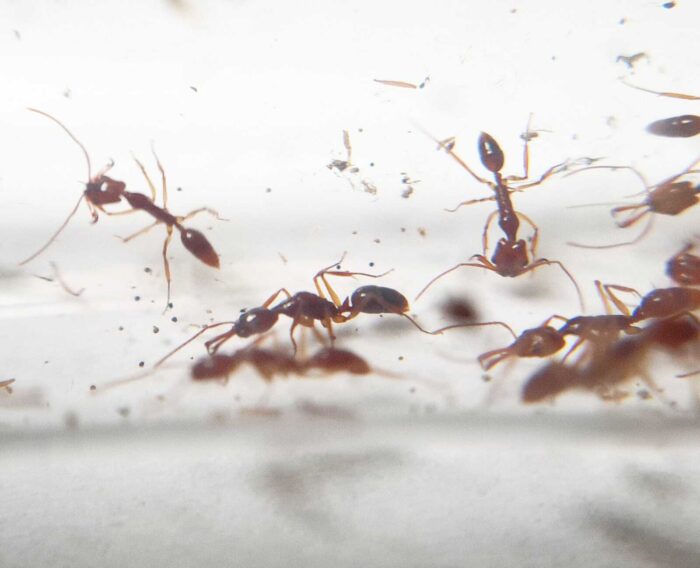
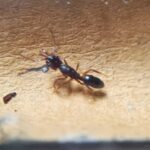
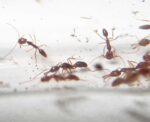
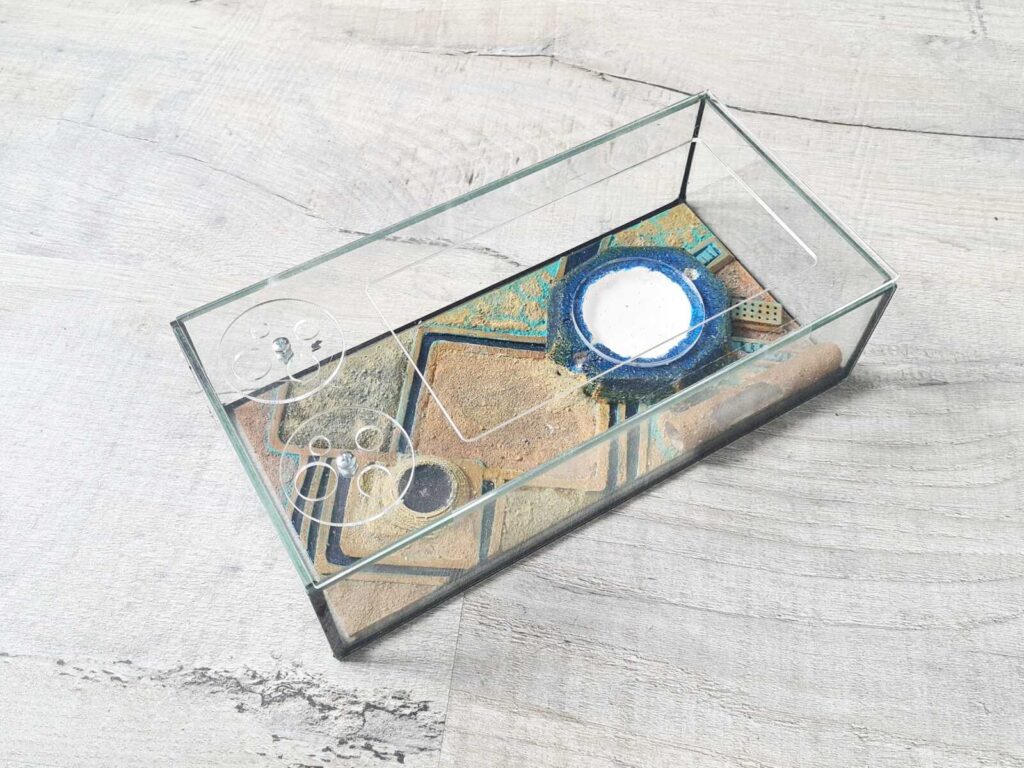

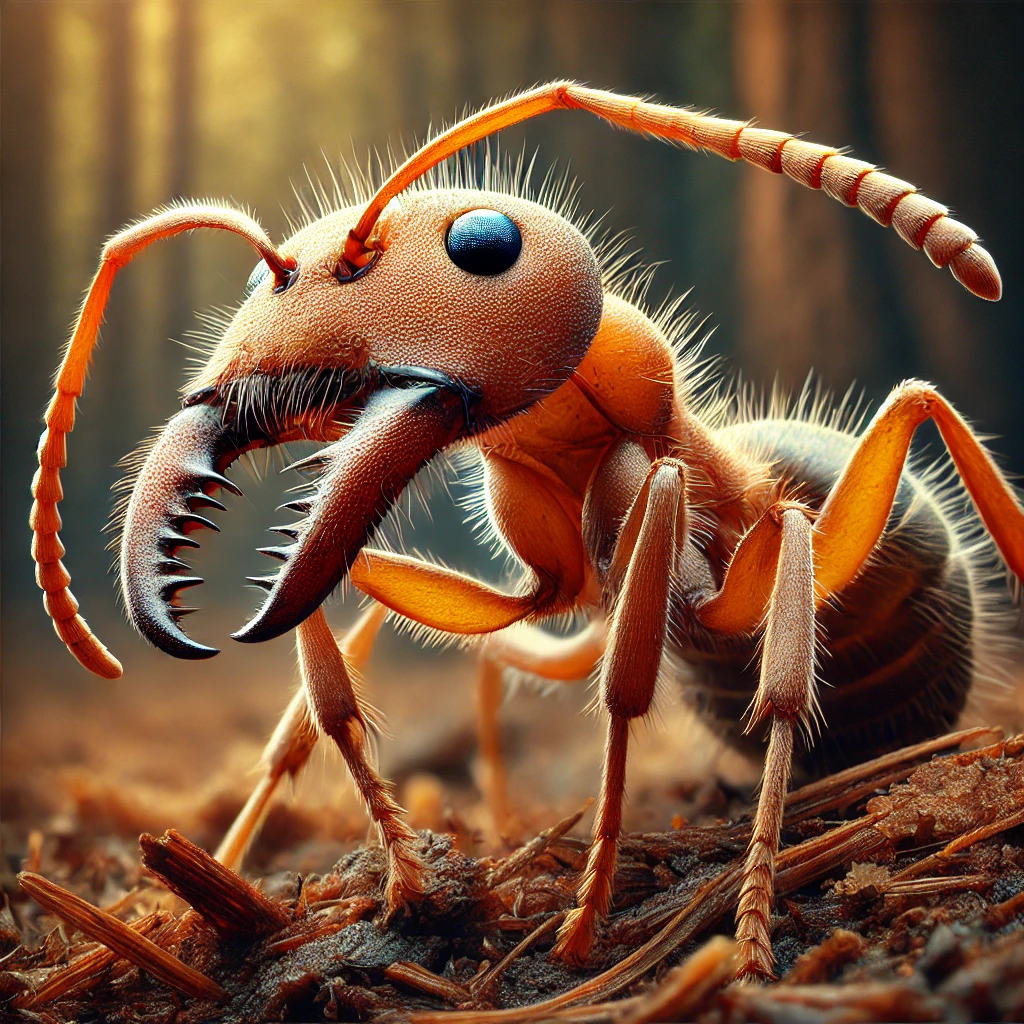
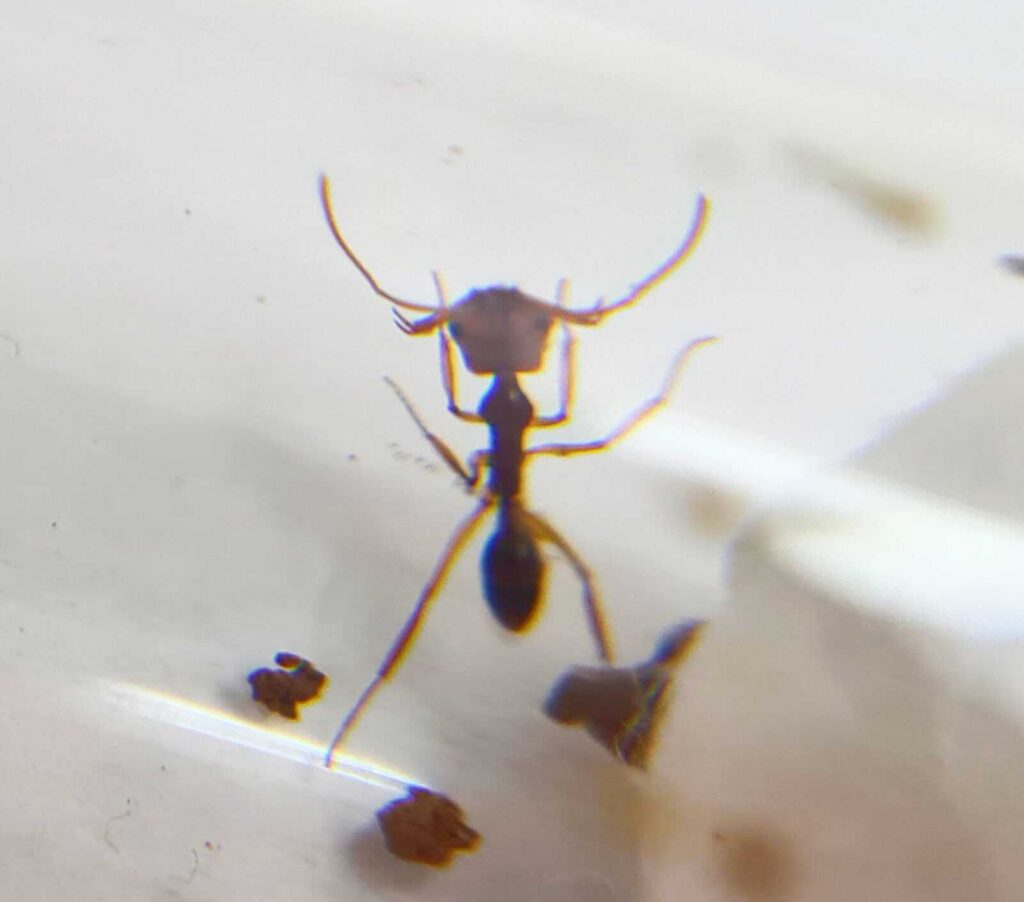
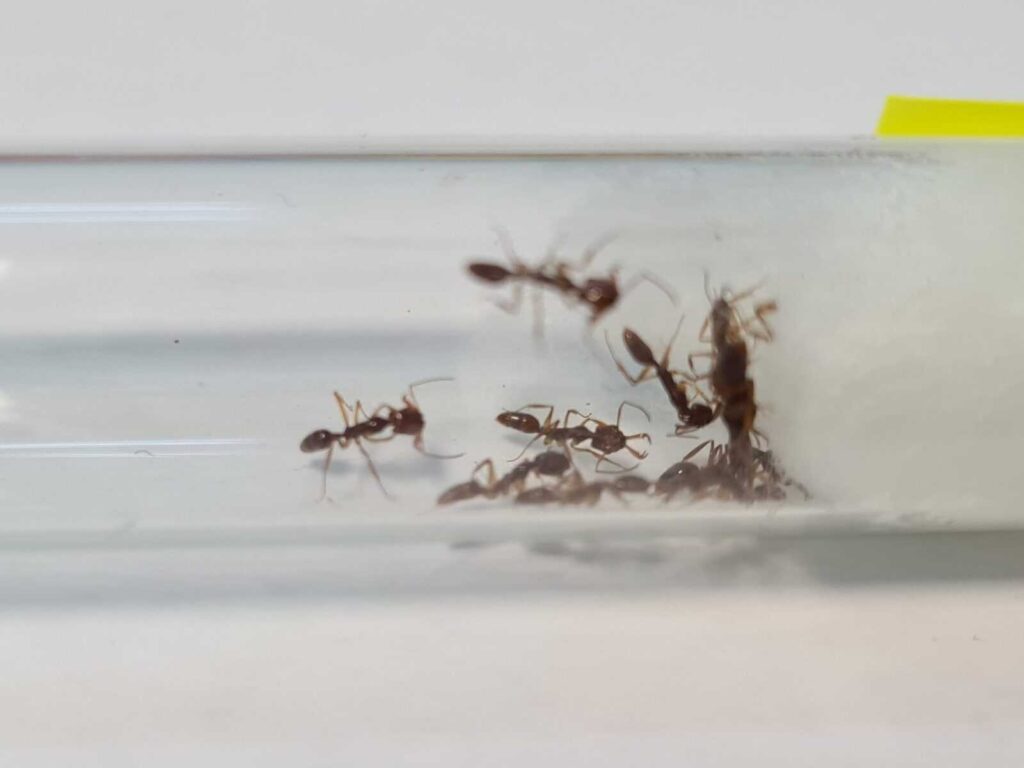
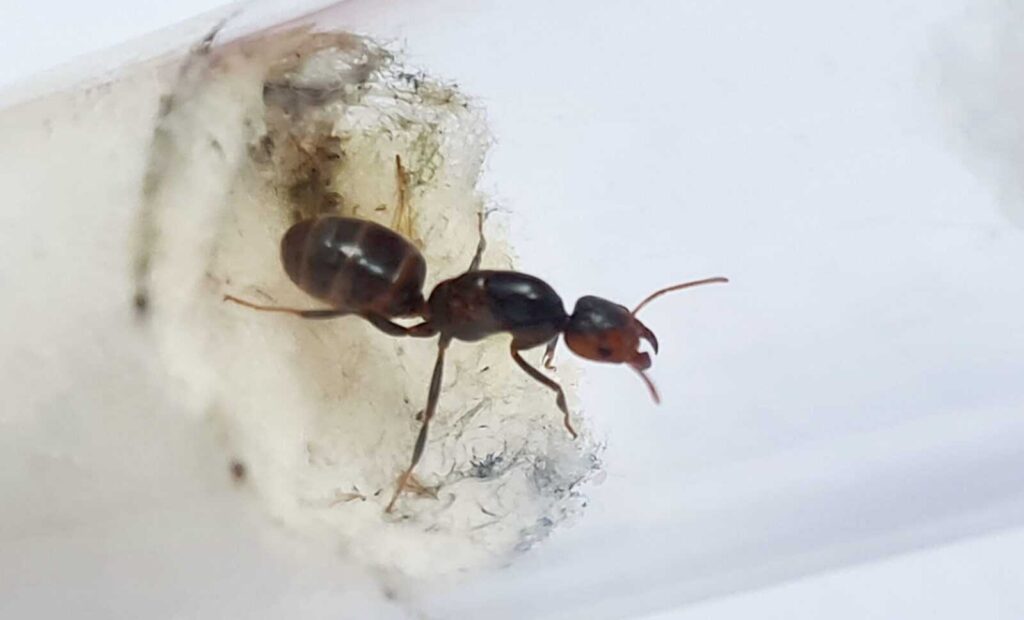
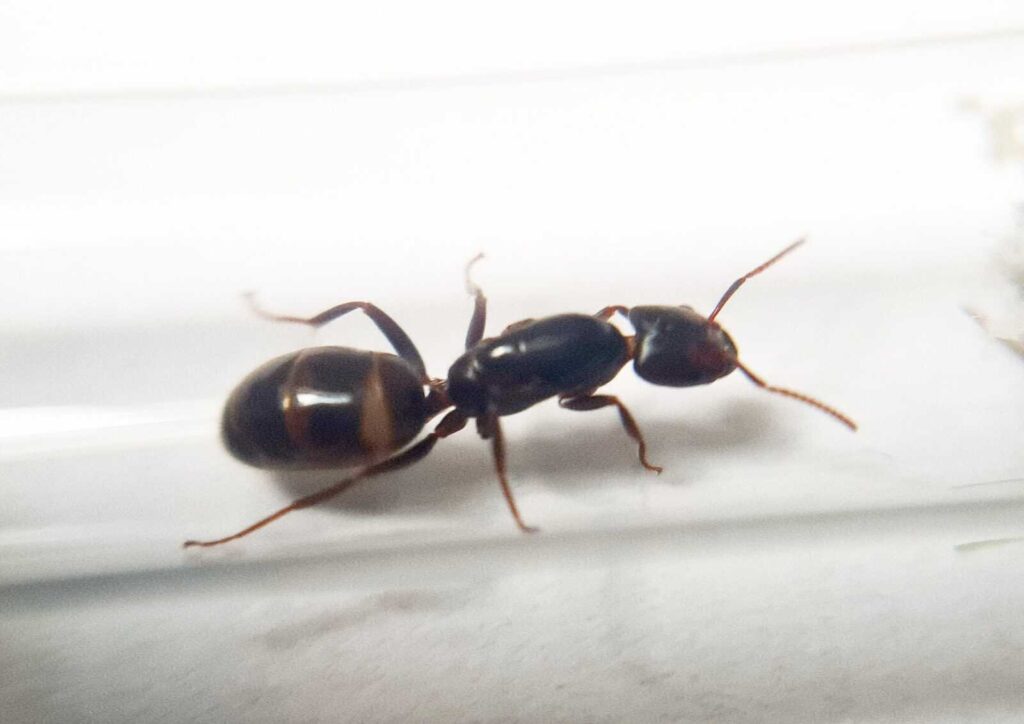
Reviews
Clear filtersThere are no reviews yet.